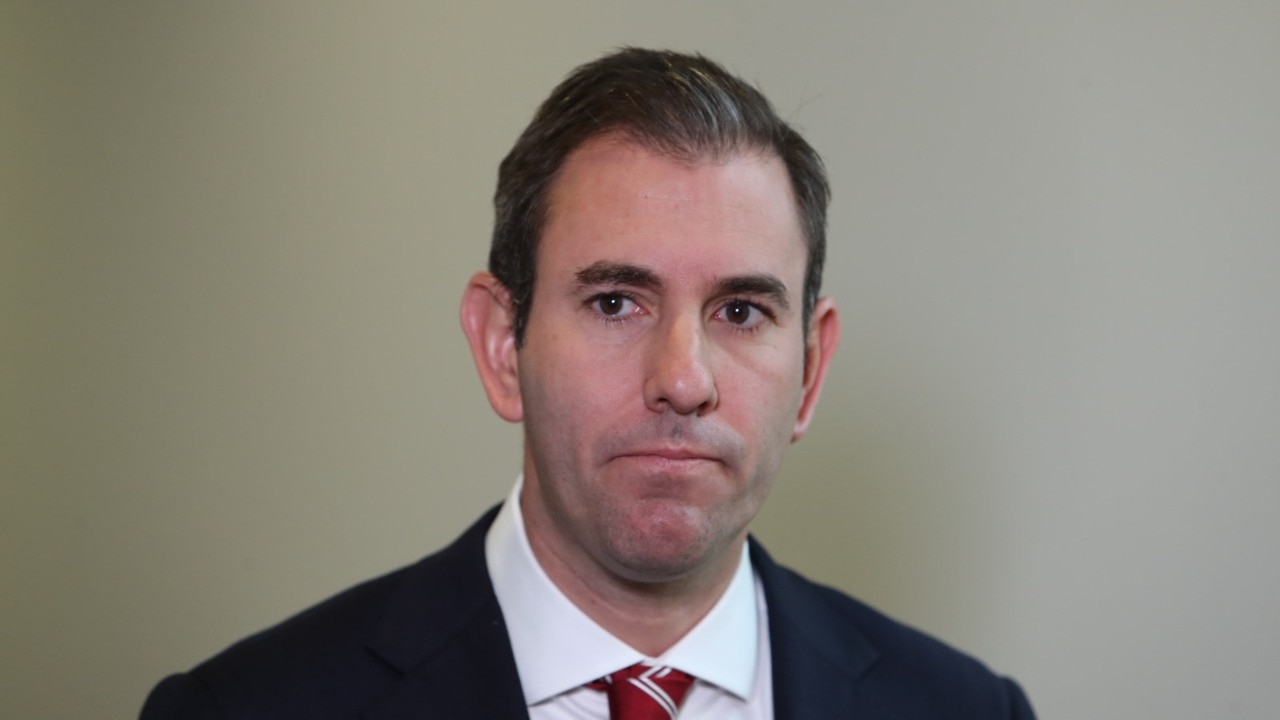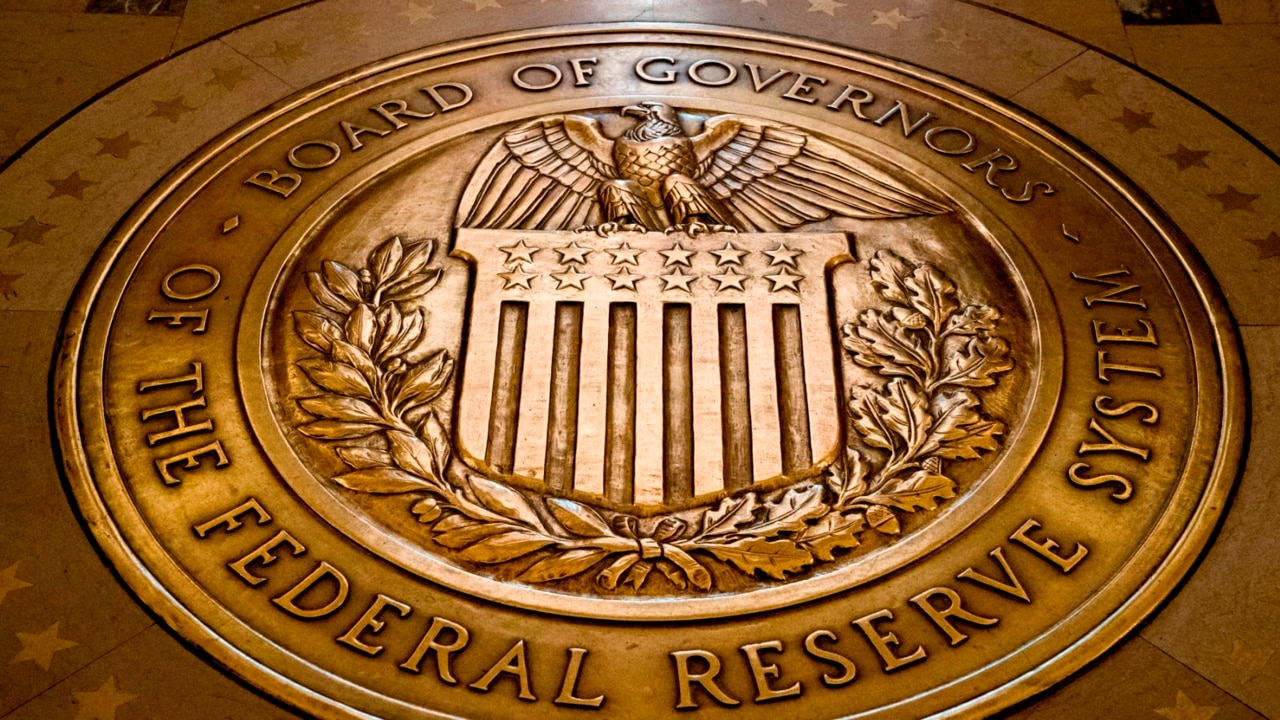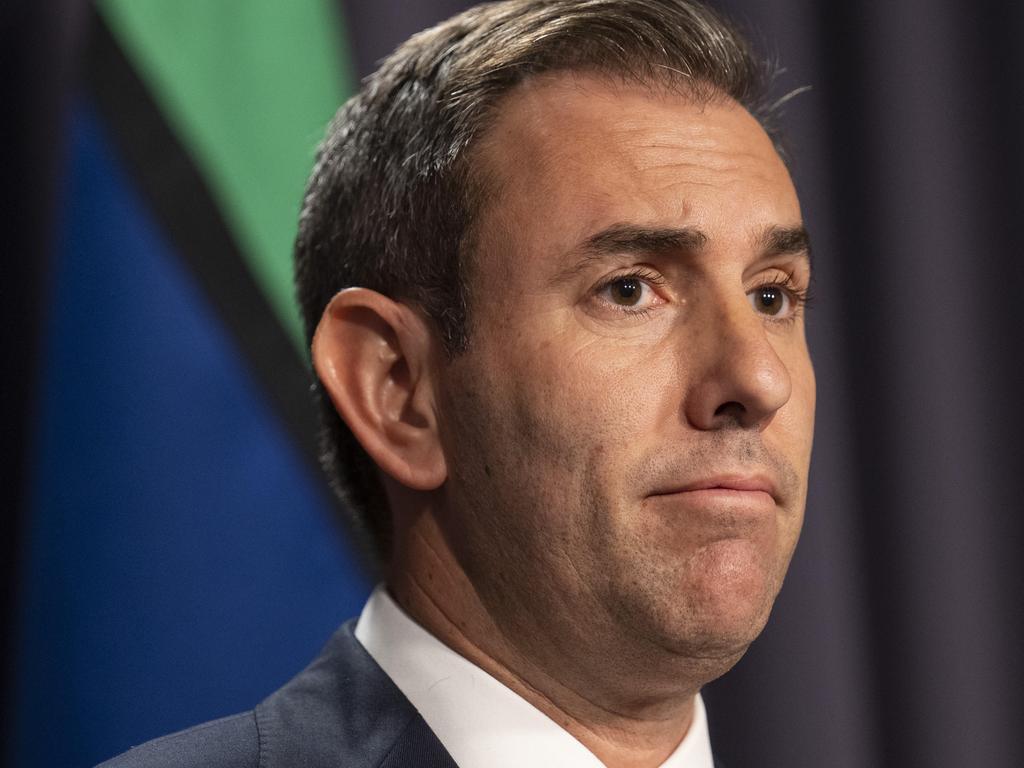Jim Chalmers must walk narrow budget path despite commodities boom
In (mainly) difficult times, Jim Chalmers needs to deliver a budget that protects the most vulnerable while ensuring new spending is significantly restrained.

There was a widespread belief, including among many economists, that interest rates would be paused for some time as the impact of the 10 successive rate rises on inflation and the economy could be more fully assessed. Certainly mortgage holders were hoping so.
Even though it would seem that inflation has peaked, the most recent figures point to a still unacceptably high rate of increase – the headline consumer price index rose by 7 per cent annually in the March quarter and the trimmed mean (which the RBA particularly targets) by 6.6 per cent. High inflation in services industries was a particular feature of the latest figures, including the rapid rise in rents. Clearly we are still a long way from the bank’s inflation target of 2 to 3 per cent across the medium term. The continued slump in productivity as well as rising labour costs also had a bearing on the bank’s thinking.
Let us not forget that the cash rate here is still deeply negative compared with the inflation rate and lower than in several comparable economies. It’s not altogether surprising that the Australian dollar has been hammered in recent times, which is itself inflationary.
RBA governor Philip Lowe talks about the narrow path back to an acceptable inflation rate while maintaining the strength of the labour market and the extremely low unemployment rate.
At this point that path is looking more like a dirt track on a Himalayan mountain, with a high likelihood of sliding off the edge. Lowe has made it clear that it is critical that fiscal policy act in concert with rises in the cash rate to subdue inflationary pressures by reducing demand.
There is no point in policymakers pressing on both the brake and the accelerator. This is a core challenge: the Treasurer must deliver a budget that protects the most vulnerable while ensuring new spending is significantly restrained.
Of course, it is not all doom and gloom. There has been a remarkable turnaround in the budget bottom line since the depths of the pandemic. In October last year the underlying deficit was expected to be $37bn this financial year; it is likely to be close to balance.
If a surplus is recorded, it will be the first since 2007-08. The principal reason for this outcome is the persistence of high commodity prices – thermal and coking coal and iron ore, in particular – leading to much higher than expected company tax revenue. The low rate of unemployment has meant lower welfare spending and higher income tax revenue, including through bracket creep. In this sense, it is a great time to be Treasurer – akin to being the king in the counting house.
Indeed, former treasurer Peter Costello has made the point that “we should really be running budget surpluses of 2 to 3 per cent of GDP given our historically high terms of trade, not matched since the days of the gold rush. We should be paying down government debt”.
Of course, money has a habit of burning holes in treasurers’ pockets, both Labor and Coalition ones, so we are nowhere near substantial surpluses and are unlikely to be any time soon.
In putting the budget together, Chalmers and Finance Minister Katy Gallagher quickly will have realised that most fiscal spending is not discretionary. It is locked in, mainly by dint of legislative backing. It also is not helped by open-ended programs such as the National Disability Insurance Scheme, which has experienced runaway growth in spending. This leaves only the much smaller proportion of discretionary spending to reconfigure and trim.

Indeed, one of the economic risks inherent in much of the spending is the automatic cost-of-living adjustment to most government transfer payments: the Age Pension, JobSeeker, Youth Allowance, public service pensions, and the list goes on. While there are some political advantages since people, often on low incomes, are afforded a degree of financial protection, there is an economic danger when inflation is running at unacceptably high rates.
If we cast our minds back to the 1970s and ’80s, there was initially a widely held view that the way for the government to deal with inflation was to index as much as possible, including wages, to the inflation rate. It was finally acknowledged that all this did was to lock in inflation, at best, and potentially cause higher inflation across time. Most of us can recall the damaging way in which this destructive cycle came to an end: cripplingly high interest rates followed by a deep recession.
It is one reason this year’s budget is likely to contain far fewer one-off increases to benefit levels and other government transfers than are being called for by various groups. To be sure, we know there will be energy rebates, which will vary from state to state, as well as a likely increase to JobSeeker for older people. There are also several spending initiatives already in the locker, such as the increase to childcare fee subsidy rates that come into effect on July 1.
When looking at the budget papers this year, there will be some notable changes, particularly in relation to assumptions about future commodity prices. To be frank, the Treasury has looked foolish in the way it simply has bunged in the longer-term average prices for our key commodities, suggesting (for reasons unknown) that prices will collapse in a year (or less in last October’s budget).

The argument that “we have always done it that way” simply doesn’t cut the mustard. The inclusion of glide paths for key commodity prices will be a welcome development and will provide some fiscal room that would not be apparent had the old practice continued. Having said that, Chalmers would be wise to largely ignore this upside, given the ongoing spending pressures already contained in the forward estimates. The proposition that a government should not implement permanent spending increases on the basis of potentially temporary gains in revenue remains as true as ever.
A key feature of the budget is statement two of budget paper No.1. Here the economic outlook in the coming years is outlined, including numerical forecasts for the Australian economy across the next four years. There is little doubt that the headwinds are stronger than any tailwinds, including the drag from the international economy.

It is likely the US economy will enter a recession soon, albeit possibly shallow, given the recent inversion in the yield curve. Watch for forecasts of growth in nominal income for Australia because this principally drives tax revenue. There is little doubt that economic growth here will be relatively anaemic next financial year and possibly the year after, although population growth alone probably will prevent an observed recession.
One area where Treasury has utterly failed is its predictions on immigration. Last October, Treasury indicated that net overseas migration (long-term arrivals over long-term departures) would be 235,000 in this financial year and the next. In fact, the NOM for this financial year will be closer to 400,000 and 315,000 for next year.
There is no doubt this surge of migrants is having some serious economic consequences, including pushing up demand, particularly for rental accommodation. In fact, Lowe has even mentioned this factor in its decision-making.

Anthony Albanese’s response that increased migrant numbers are merely catching up for the pause during Covid make no sense since the pandemic also stalled economic activity, including construction of new homes that could accommodate the new migrants.
Unsurprisingly, Chalmers has gone quiet about the $1 trillion of debt Labor inherited from the Coalition, in part because the actual figure is closer to $500m. Even so, he will need to keep a close watch on net interest payments because, along with the NDIS, this is the fastest growing item in the budget. Because the cheap debt on the books has to be rolled over, a marked jump in these payments occurs in 2025-26. Given the likely persistence of higher interest rates, Chalmers needs to make sure there is as little addition to government debt as possible.
To this end, it will be interesting to see whether he reinstitutes the practice of setting down fixed budget rules as was common up until Covid. Even Labor treasurer Wayne Swan had an explicit set of budget rules, although he was, in the main, unable to meet them.

Aiming for a balanced budget over the cycle; establishing a ceiling on the real growth of spending; placing a cap on the tax-to-GDP ratio; paying down government debt across a defined period: these are the sort of rules we should be looking for. Without them, the necessary guardrails will be absent from budgetary management.
The surprise decision of the RBA to lift the cash rate (and the anticipation of more rises to come) a week before the federal budget has put a completely different complexion on how people will respond to the key fiscal decisions. Rather than the anticipation that the worst might be behind them and looking forward to some help from the budget, it’s likely that expectations have turned on a dime. For those with substantial mortgages and for those battling the private rental market, the times are grim. Broader cost-of-living pressures are affecting everyone.
Chalmers’ key problem is he cannot afford to offer substantial compensation to those most affected, other than through the normal adjustment to government payments. Were he to do so, he simply would run the risk of stoking inflationary pressures as the RBA is trying to do the opposite. Even though the ongoing boom in commodity prices is affording him a degree of room to manoeuvre, he needs to walk a narrow path – economically and politically.








The unexpected decision by the Reserve Bank of Australia to lift the cash rate by 25 basis points this week has made life a little more difficult for Jim Chalmers.